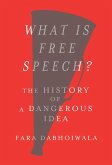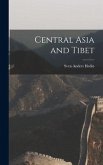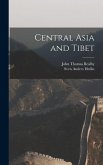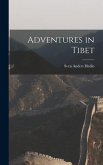As a signatory to the League of Nations and United Nations covenants, China promised not to conquer new territories after 1919. Therefore, after the People's Republic of China (PRC) conquered Tibet in 1950, she saw the necessity of lying to the world that Tibet has always been an inseparable part of China. In this groundbreaking work, Dr. Hon-Shiang Lau, Ph.D., dismantles that narrative with clarity and precision. Drawing on official Chinese sources, imperial records, treaties, and eyewitness accounts, Lau demonstrates that Tibet's relationship with China was neither one of continuous subjugation nor sovereign control. Instead, he reveals a far more complex and independent Tibetan history that stands apart from Beijing's propaganda. With meticulous scholarship and accessible prose, Lau takes readers on a journey through centuries of contested borders, political maneuvering, and shifting alliances. The result is a compelling account that restores historical truth to the Tibetan people and dispels the many lies and fabrications propagated by the PRC. This book is not only a critical resource for historians and policymakers but also an essential work for anyone seeking to understand Tibet's rightful place in world history. Dr. Lau (???), Ph.D., is an independent historian and scholar specializing in East Asian history, with a focus on Tibet's contested status and China's evolving territorial claims. Educated in the sciences, Lau redirected his analytical expertise toward historical research, applying a rigorous, evidence-based methodology to one of the most politically sensitive subjects of our time. His work has been published in leading journals and is widely cited by Tibet advocacy groups, academics, and policymakers. Known for his ability to bring clarity to complex historical disputes, Lau draws on both Chinese and Western sources, including many authoritative primary-source materials largely overlooked in mainstream narratives. Through public lectures and writings, he has become a prominent voice challenging authoritarian disinformation and restoring historical truth to overlooked peoples. This book represents the culmination of decades of dedicated scholarship and stands as a landmark contribution to understanding Tibet's modern and historical identity.
Bitte wählen Sie Ihr Anliegen aus.
Rechnungen
Retourenschein anfordern
Bestellstatus
Storno








